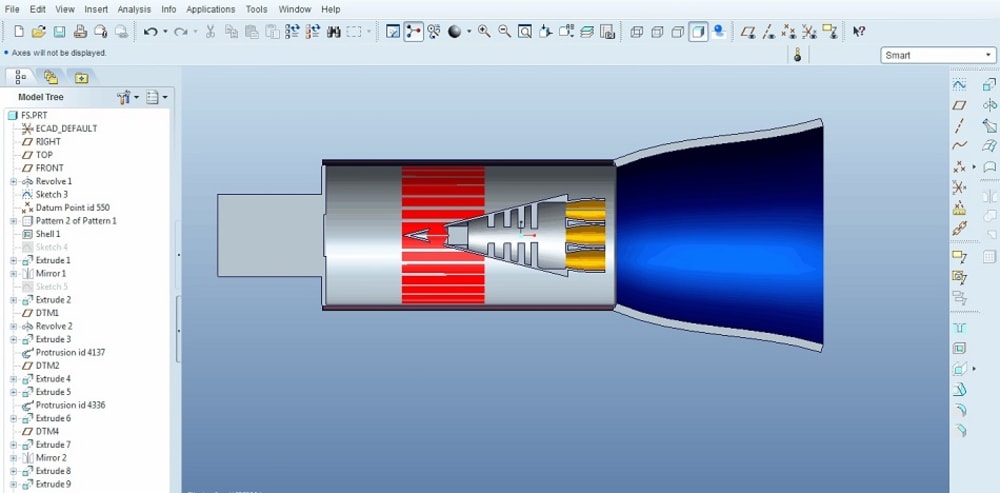Space exploration is the present inevitable challenge for researchers. The early years of the space program involves mission to prescribed units. Earth has been drastically in abrupt weather changes leading to many natural disasters and might turn to be unfit for human habitation in the future. At such critical situation there will be a search and need for migration to a planet which would support human habitation. It is being reported that there are chances of another planet containing lives in our galaxy or other nearby galaxies. And scientists have been working hard in the propulsion techniques which have to be much more reliable and produce greater energy output to reach those galaxies in a shorter interval. Our propulsion concept UNIT is an integrated nuclear propulsion technique that provides high entry, descent and landing (EDL) performance in such short period of time to conquer the galaxies. This paper clearly describes the theoretical paradigm of our UNIT propulsion system. UNIT produces highest energy possible by consuming the nuclear fuel. The principle is that the neutrons from the fusion are deliberately allowed to induce fission. It uses National Ignition Facility’s laser beam for inertial confinement fusion followed utilizing the power from tubular solid fuel cell. Thus, the net thrust is produced from the expansion of the combined plasma of the nuclear fusion and nuclear fission reactions through the nozzle respectively.
Like this entry?
-
About the Entrant
- Name:Sarath Ramachandran
- Type of entry:individual
- Software used for this entry:Pro-E Wildfire
- Patent status:none

